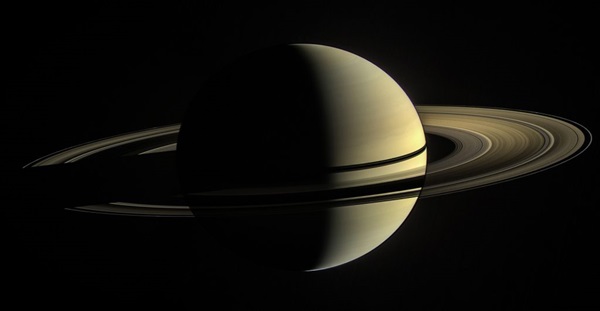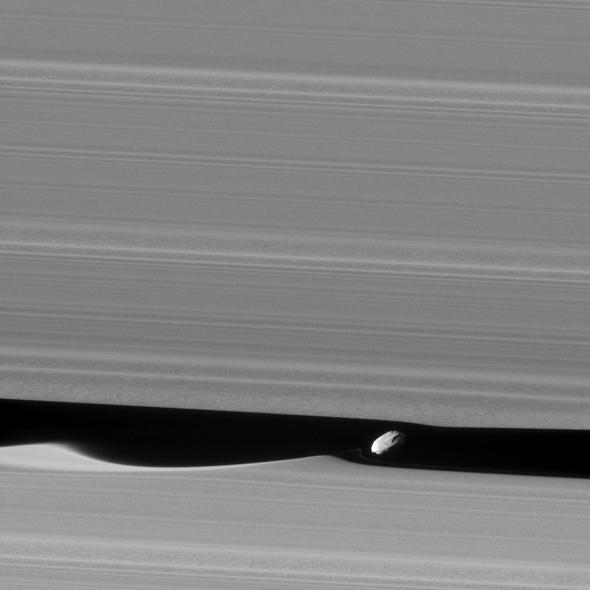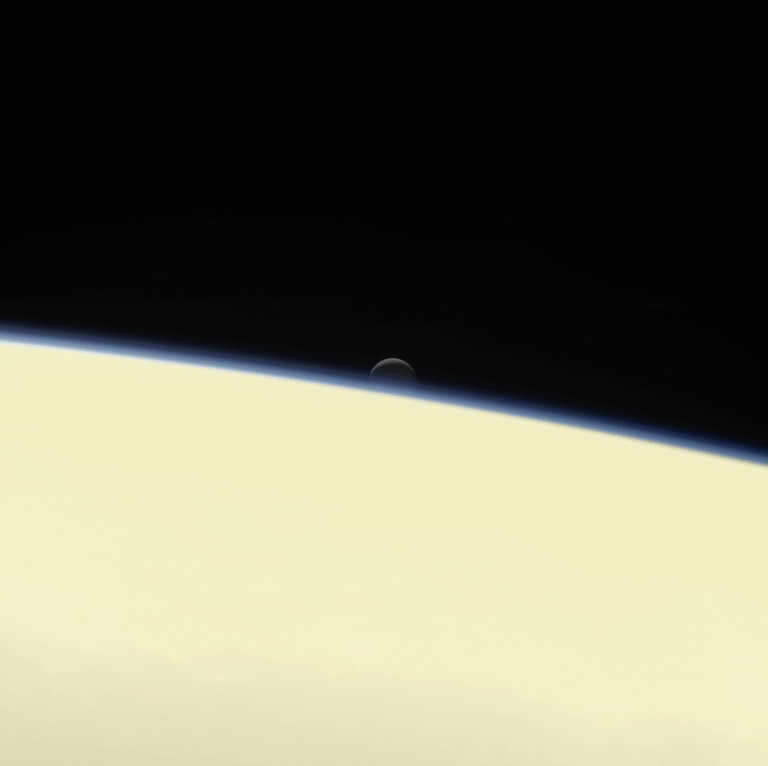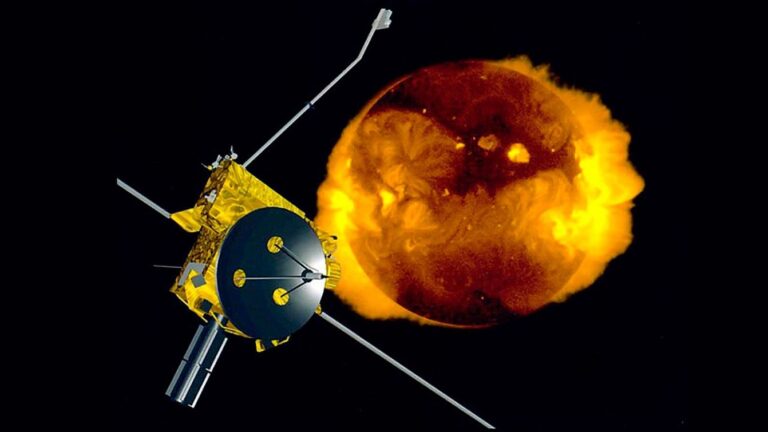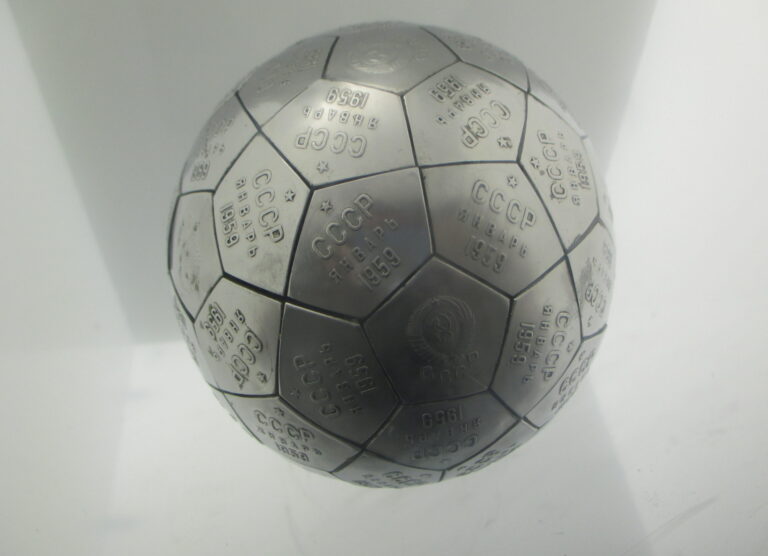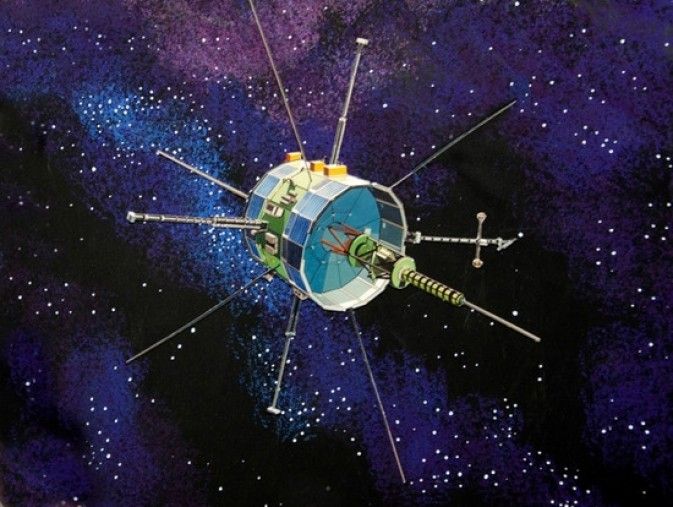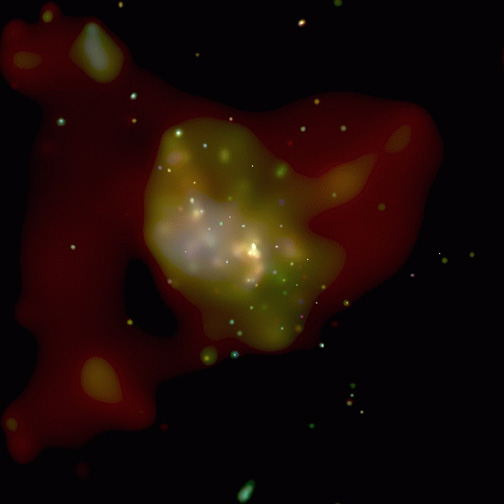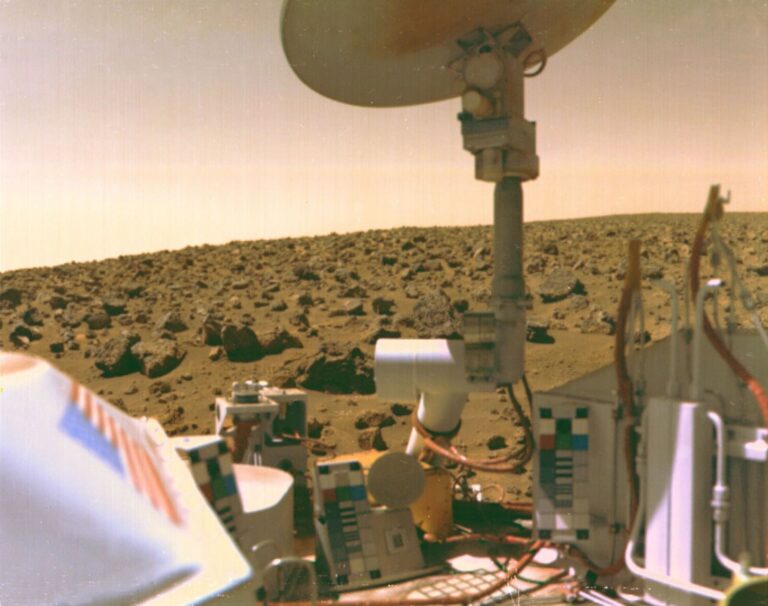Key Takeaways:
Among the findings are a deep look at the complex ring system, which hid more structure than scientists expected, including “straw-like” texture, tiny gaps shaped like propellers, and wavy, sculpted edges to the rings. Scientists still don’t know what causes some of these structures, something we may need to wait until the next big Saturn mission to find out.
Among the more concrete findings, scientists have realized the rings are less massive by half than they thought, and also that the rings are possibly quite young – maybe as young as 10 million years. This has big implications for how the ring system formed, and how it continues to evolve.
The latest results are published in a suite of papers appearing Thursday in the journal Science.
It’s a Puzzle
Of immediate interest to scientists was how finely-detailed the structure of Saturn’s rings is. Linda Spilker of NASA’s Jet Propulsion Laboratory, who co-authored one of the research papers and wrote a review of the Cassini mission published today, says that as they zoomed in closer and closer they kept seeing ever more intricate patterns. During those last, close approaches, Cassini was viewing the rings at a resolution of less than a mile per pixel, and new features were still appearing.
The other small features researchers noticed are called propellers, due to their shapes. These are small gaps opened up in the rings by tiny moonlets, only a few thousand feet across. In fact, researchers don’t even see the moonlets themselves in Cassini images, only the gaps they create. They can watch these gaps move around in the rings. “They tend to move a little closer to Saturn and sometimes they move outward. It’s not any predictable pattern,” Spilker says.
“How the propellers interact is then telling us how the astrophysical disks might interact. Saturn’s rings are an analogy for that disk of material,” Spilker says.
Ring Theory
The age and unexpectedly small mass of Saturn’s rings are also fodder for new theories. Scientists still aren’t sure where Saturn’s rings came from. Have they been there since the beginning, 4.5 billion years ago, slowly forming moons out of dust and ice like a miniature solar system? Or are they a more recent feature, caused by Saturn tearing apart some interloper asteroid body within the last billion years?
Now, the most recent evidence suggests the rings appear to be relatively young – perhaps as young as 10 million years. But it’s possible they also get resurfaced with icy material from geysers on Saturn’s moon Enceladus, preserving their fresh appearance and hiding signs of aging caused by radiation and dust.
While these papers have a lot to say about the rings’ complex structure and their interactions with Saturn’s many moons and moonlets, they’re not likely to be the last word on the subject. “There’s so much we have yet to understand,” Spilker says. “That final year, especially diving through the gap between the rings and planet, was like a whole new mission. With thirteen years of this rich and huge dataset, we’ve only skimmed the surface. I’m certain there are new discoveries still waiting.”

